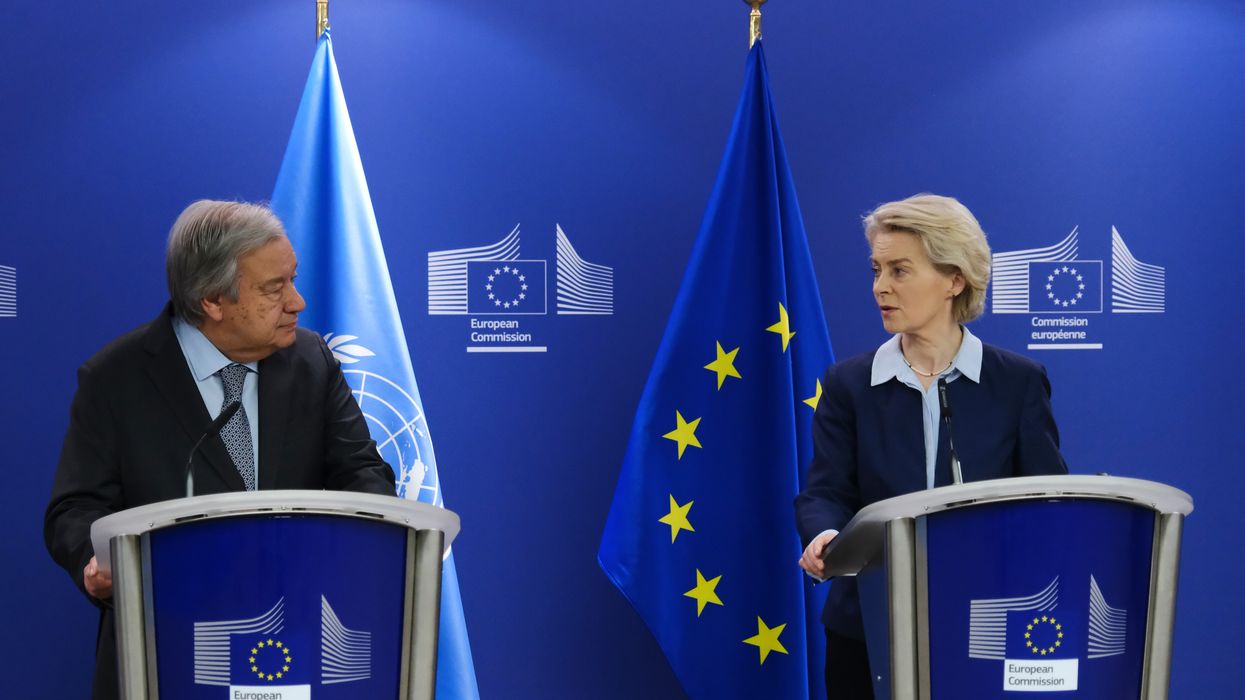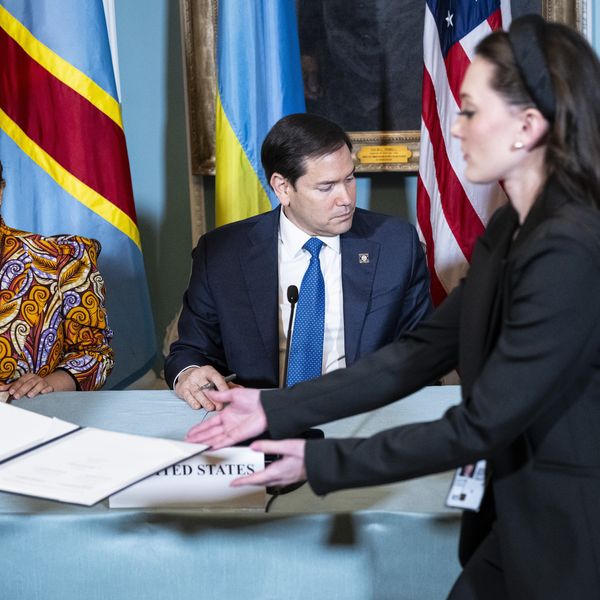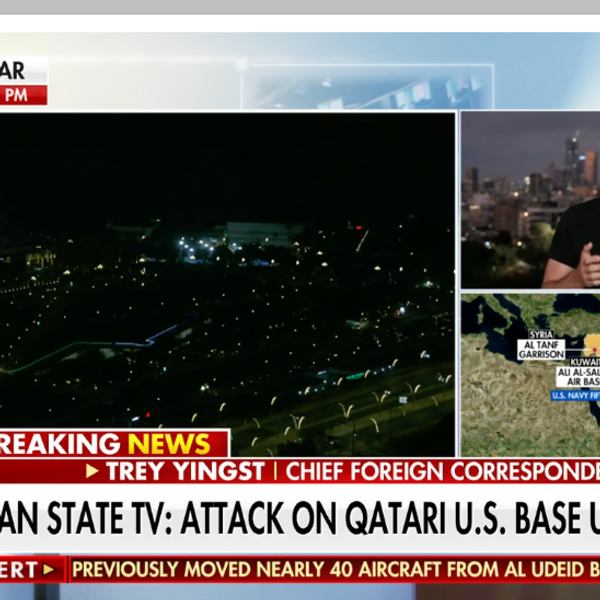The signing of the Reciprocal Access Agreement between Japan and Australia today marks another step forward in the weaving together of a China-containment coalition in the Asia-Pacific region. The agreement allows the militaries of both countries deep access to each others’ airbases, ports, logistics and infrastructural facilities. It will thus make it easier for troops from both countries to train, exercise, and operate together for any future war with China.
The latest pact is a part of a wider arc of informal and formal security arrangements, known as minilaterals, that the United States has led or backed in Asia. Australia is emerging as the most reliable U.S. partner in almost all these arrangements. With membership in the Quad (U.S.-Japan-Australia-India), AUKUS (Australia-U.K.-U.S.), and the Trilateral Security Dialogue (U.S.-Australia-Japan) Australia seems eager to take on a role as Washington’s most consequential subordinate in attempting to stop China’s rise.
Japan though is not terribly far behind. Though constrained by a long-held domestic anti-nuclear sentiment and self-imposed budget limits on defense spending, Japan is taking steps toward becoming a more active military partner of the United States and Australia on China. Tokyo cannot be a part of AUKUS’ goals of equipping Australia with nuclear-powered submarines. However, Japan is showing a keen interest in getting involved in other aspects of AUKUS that relate to joint research and development in military technologies, such as cyber, artificial intelligence, and quantum computing. The future could see Japan involved in consultative arrangements that are allowed for in the U.S.-Australia alliance. There is every possibility of AUKUS evolving to a “JAUKUS.”
The goal here is not the creation of an Asian NATO — the very question is a red herring — but something more flexible, loose, and potentially more lethal. The United States understands that formal treaty alliances with mutual defense clauses are mostly artifacts of an earlier era. But constructing a more flexible, piecemeal, multi-speed architecture is not only more in tune with the times. It also allows regional governments with large domestic constituencies wary of a new cold war to practice plausible deniability while bringing unique skills of each to bear at their own pace.
There are reasons for Beijing’s neighbors to worry about China’s behavior in the region, such as its territorial intrusions and the crude turn to sanctions. But the forging of such grand military arrangements, including with a nuclear dimension, criss-crossing this vast region is disproportionate to China’s actions on the ground and an overkill. It risks the escalation of the very threats that it is supposed to reduce. Beijing (and potentially Moscow) will not be indifferent to the steady deepening of the U.S.-led containment coalition in Asia. All of us will be losers as a result.














